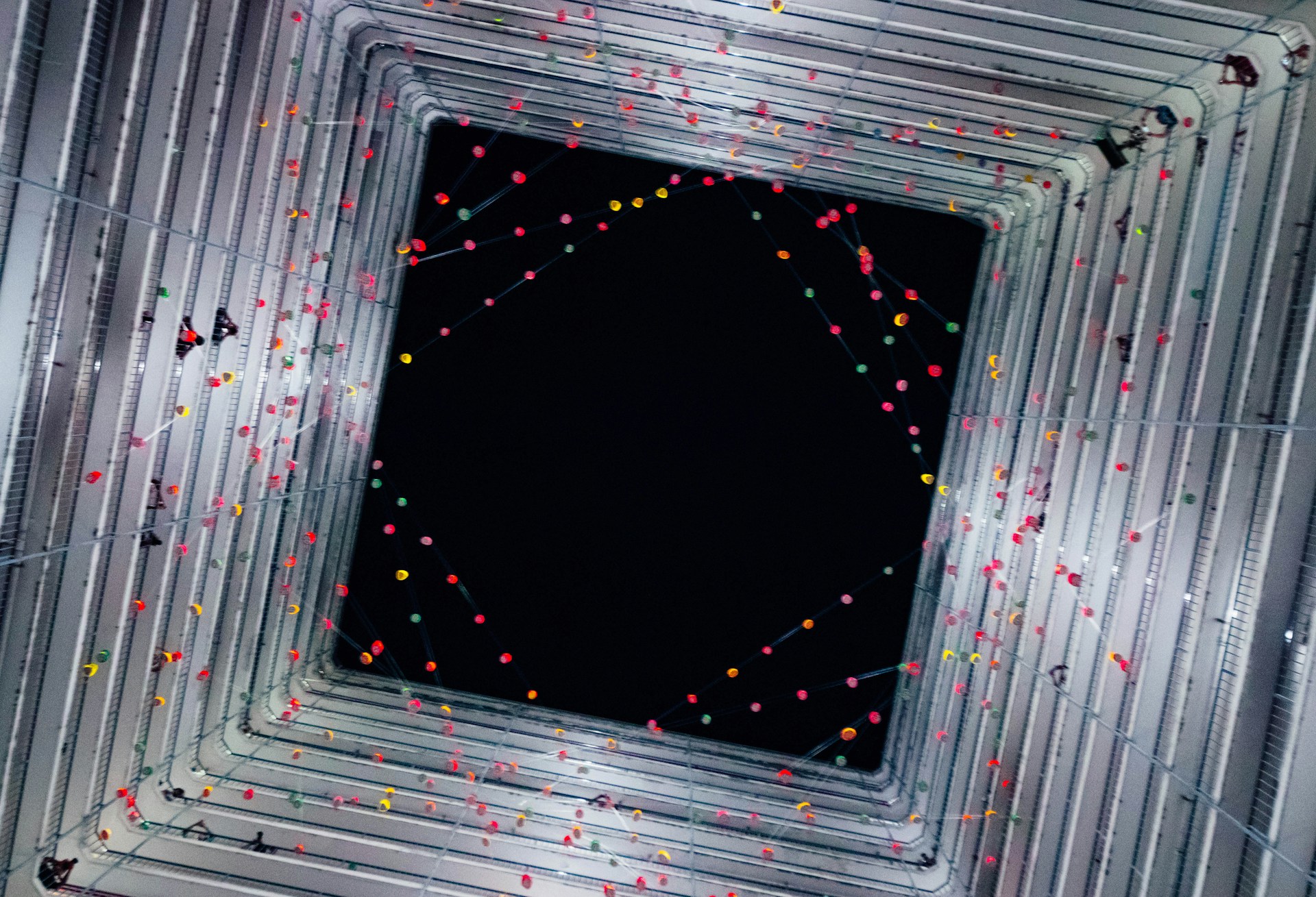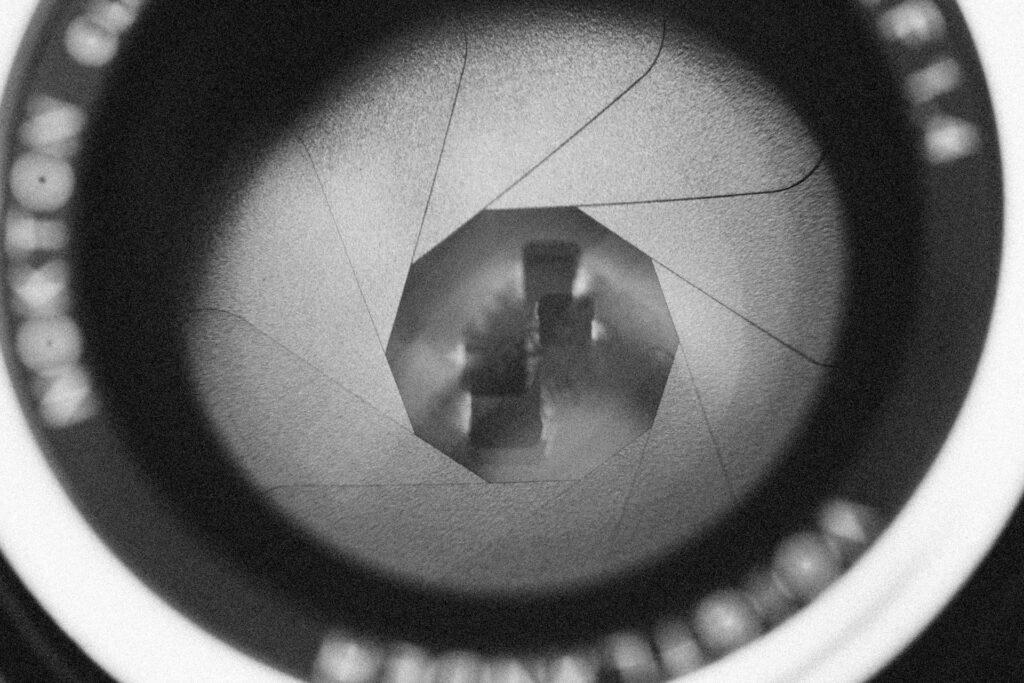In a development that bridges fundamental physics and applied engineering, a team at ETH Zurich led by Professor Martin Frimmer, adjunct professor of photonics, has succeeded in levitating a cluster of silica nanospheres and measuring its motion with minimal thermal interference; all at room temperature. Their results, demonstrate a record purity of 92 percent, pointing toward new possibilities for sensors and methods to probe weak forces, perhaps even signatures of dark matter.
Dania, L., Kremer, O. S., Piotrowski, J., Candoli, D., Vijayan, J., Romero-Isart, O., Gonzalez-Ballestero, C., Novotny, L., & Frimmer, M. (2025). High-purity optomechanics at room temperature. Nature Physics, 21(10), 1603–1608. https://doi.org/10.1038/s41567-025-02976-9
The experimental setup relies on what is essentially an optical trap arranged inside a vacuum chamber. In this trap, the researchers levitated an anisotropic nanoparticle, a tower-like cluster composed of three silica spheres, each about 120 nanometers in diameter. The cluster’s total width is roughly one-tenth the diameter of a human hair. By placing this levitated object in the mode of a high-finesse optical cavity, the team engineered a coupling between the nanoparticle’s librational motion; its rotational oscillations about its long axis; and the cavity field through coherent scattering. With careful tuning, polarization alignment, and suppression of laser phase noise, they reduced the energy in that librational mode to an average phonon occupation of about 0.04, which corresponds to 92 percent purity of the state.
Professor Martin Frimmer, from ETH Zurich stated,
“What we’ve achieved is a perfect start for further research that one day could feed into applications. We now have a system that is relatively simple, cost-effective and well-suited for this purpose.”
The technical challenge was substantial: the researchers had to couple the mechanical motion to light strongly enough to extract thermal energy, while simultaneously suppressing classical noise sources such as vibrations, stray fields, and laser fluctuations that could mask the signal. The team operated deep in the sideband-resolved regime and used advanced stabilization methods to suppress phase noise.
Importantly, the experiment was carried out at room temperature, without the need for extreme cryogenic cooling. The key was isolating and controlling mechanical coupling to the thermal environment so effectively that the motion dominated.
In optomechanics, a system’s motional state is described by its phonon occupation number. Even when cooled to its ground state, residual zero-point motion remains, representing the intrinsic movement required by mechanics. A purity of 92 percent indicates that non-quantum contributions to motion; those caused by thermal or classical effects; are limited to about eight percent, an impressive result at ambient temperature.
Previous experiments achieving similar purity required cryogenic cooling or coupling to electromagnetic resonators under highly restrictive conditions. Those systems were complex and costly, often confined to specialized laboratory environments. In contrast, the ETH Zurich experiment demonstrates that near-ground-state behavior can be achieved under far less restrictive conditions.
Because the signature in this experiment is so dominant, it allows for more precise measurements of external forces acting on the nanoparticle, such as interactions with gas molecules or electromagnetic fluctuations. This sensitivity is what makes sensors attractive for future technologies and for potential detection of exotic physics like dark matter interactions.
From an engineering perspective, several promising directions emerge from this research. The ability to detect minuscule torques and forces could lead to a new generation of sensors used for precision measurements and inertial navigation. Such devices could maintain stable operation in environments where GPS signals are unavailable, including deep-space or underwater settings.
The experiment also contributes to the broader effort to test the boundaries between classical and mechanics. Demonstrating behavior in a cluster composed of hundreds of millions of atoms pushes the frontier of quantum mechanics into larger, more tangible systems. This could provide valuable data for researchers exploring how quantum effects scale with size and complexity.
The potential applications extend to fundamental physics. Systems of this purity could be used to detect extremely weak forces, including those possibly associated with dark matter. Because dark matter interacts only faintly with visible matter, having a highly isolated, quantum-sensitive platform offers one of the few viable approaches to identifying its presence indirectly.
Finally, the work demonstrates the feasibility of building high-purity stems without the energy demands and infrastructure of cryogenic equipment. This opens the door to more scalable, compact designs that could one day be integrated into functional devices.
Despite the breakthrough, challenges remain. While the 92 percent purity is a record for room-temperature systems, further suppression of classical noise will be required to reach complete control. Extending the technique to multiple motional modes; beyond a single rotational axis; will also be essential for complex sensing applications.
Long-term stability, alignment, and system drift must be improved for any practical implementation. To move from a controlled laboratory experiment to a functional device, engineers will need to develop miniature and robust optical systems capable of maintaining vacuum and stability over extended periods.
The ETH Zurich team, working in collaboration with theorists from TU Wien and other institutions, plans to refine the coupling efficiency and explore how the system responds to controlled external forces. Their results already mark a milestone in the field of optomechanics, suggesting that the delicate interplay between light and mechanical motion can be precisely managed even under everyday conditions.
The experiment led by Martin Frimmer demonstrates a major step forward in making control more accessible and practical. It shows that highly purified motion can be achieved without the heavy infrastructure traditionally required, bringing applications such as precision measurement, navigation, and fundamental physics research closer to reality.
In the coming years, further refinements and engineering innovations could transform this proof of concept into working devices. The levitating nano-cluster is not only a scientific milestone—it may also serve as the foundation for the next generation of ultra-sensitive sensors and exploratory tools in physics and engineering.

Adrian graduated with a Masters Degree (1st Class Honours) in Chemical Engineering from Chester University along with Harris. His master’s research aimed to develop a standardadised clean water oxygenation transfer procedure to test bubble diffusers that are currently used in the wastewater industry commercial market. He has also undergone placments in both US and China primarely focused within the R&D department and is an associate member of the Institute of Chemical Engineers (IChemE).



